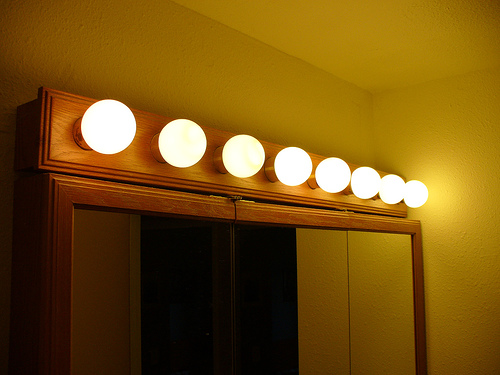
Happy 2011.
While the slate is clear of a catastrophic Gulf of Mexico oil spill and Fortune firms either have or are about to report sparkling sustainability performance spikes (mainly due to flat or diminished revenue growth), hope springs eternal for an interesting year of (hopefully) inspired economic activity.
However, a less than promising trend may be percolating through the annals of cyberspace and even in print this year: The revolt against the compact fluorescent light bulb (or CFL).
As many of our readers know, the US will permanently end incandescent light bulb sales in 2014. CFLs, which are at a minimum 17% more efficient than incandescents which lose 90% of their energy to heat, will become the gold standard.
But Chicago Tribune columnist Linda Case laments the changeover, suggesting that CFLs provide too harsh of lumen as compared to the maligned, yet softer incandescents. Case presents her argument for a populist uprising against the demise of the conventional light bulb.
And perhaps she has a point; CFLs are more than adequate for commercial or exterior lighting but I too often find their tone to be binary and severe. I don’t think a revolt is the answer but rather a consumer-driven effort to push the main players — GE I am talking to you — to design better CFLs. Smaller actors like Sylvania must throw their hat in the ring too.
Let the competition begin.




The reason I don’t like CFLs is because of the mercury content… why doesn’t anyone else fear this as well?
Standard answer: Because using incandescents releases thousands of times MORE mercury into the environment, as a side effect of burning more coal.
But on the other hand, If the CFLs are not left on for about 2 hours or more, then the energy required to excite the gas in the tube is greater than that required to keep an incandescent illuminated for the same amount of time. Also, some states require that florescent tubes be handled as toxic waste and must not be disposed of in a normal landfill. Most consumers are unaware of this (the packaging states that these can’t be disposed with regular trash.